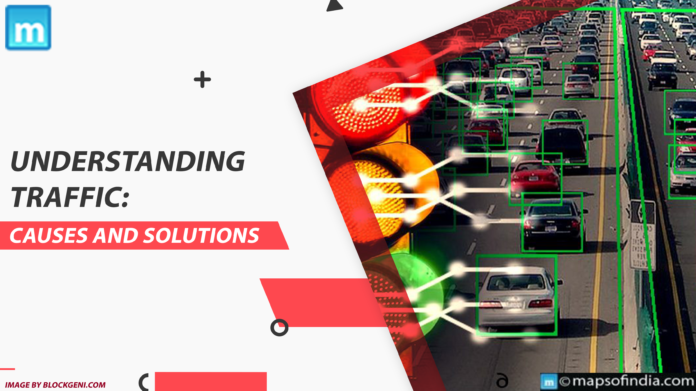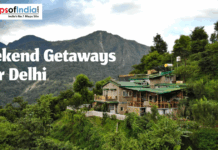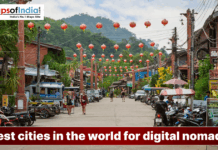Every day, millions of commuters worldwide suffer the frustrating reality of traffic gridlock. Nowhere is this more obvious than in India, where booming cities like Mumbai, Delhi, and Bangalore face some of the world’s worst traffic congestion. Being trapped in an explosion of honking horns and stopped vehicles is an everyday occurrence in Indian cities. What causes this widespread congestion, and how can it be alleviated? Exploring the complexities of transportation networks and human behaviour reveals the root causes of traffic congestion and potential remedies.
Causes of Traffic Congestion:
-
Volume of Vehicles
The sheer number of vehicles on the road exceeds the capacity of current infrastructure, causing congestion, particularly during peak hours.
-
Bottlenecks
Narrow roads, poorly built intersections, and construction zones produce bottlenecks in which traffic slows or stops, generating a ripple effect across the network.
-
Traffic Incidents
Accidents, breakdowns, and road closures interrupt traffic flow, causing bottlenecks and long delays.
-
Inefficient Traffic Management
Inadequate traffic signal coordination, a lack of public transportation options, and insufficient parking spaces exacerbate congestion.
-
Human Behaviour
Aggressive driving, lane weaving, inattentive driving, and indecisiveness at junctions contribute to traffic congestion.
Understanding Phantom Intersections
Phantom intersections, often known as “ghost intersections,” occur when vehicles perceive an intersection ahead of them and modify their speed or behavior appropriately, even though no such crossing exists. This effect is often caused by visual signals such as lane lines, shadows, or distant objects that resemble intersection elements. Phantom intersections can disrupt traffic flow by forcing drivers to slow down or change lanes, causing congestion and raising the risk of accidents.
Solutions to Traffic Congestion
-
Infrastructure investment
Widening roads, adding lanes, and renovating intersections can help to improve traffic flow and ease congestion.
-
Public Transportation Enhancement
Creating efficient and accessible public transportation systems encourages people to choose alternatives to driving, lowering the number of automobiles on the road.
-
Traffic Management Technologies
Implementing intelligent transportation technologies, such as adaptive traffic signal control and real-time traffic monitoring, can help optimize traffic flow and reduce delays.
-
Encouragement of Alternative Transportation
Walking, cycling, carpooling, and telecommuting decrease reliance on single-occupancy vehicles and relieve traffic congestion.
-
Education and Enforcement
Increasing awareness of safe driving practices, such as maintaining consistent speeds, utilizing turn signals, and avoiding distractions, can help to reduce traffic congestion. Additionally, enforcing traffic laws and imposing penalties for offenses discourages reckless driving.
-
Urban Planning and Land Use Management
Creating mixed-use developments, enforcing zoning restrictions, and encouraging compact city designs lessen the need for long-distance commuting while alleviating traffic congestion.
-
Mobility Innovation
Adopting emerging technology such as self-driving cars, ride-sharing services, and electric scooters offers opportunities to transform mobility while addressing traffic congestion.
Traffic congestion is a multidimensional issue driven by various factors, including infrastructure restrictions and human behavior. Addressing this issue requires a comprehensive approach that includes infrastructure upgrades, technological breakthroughs, behavioral changes, and regulatory initiatives. By implementing successful solutions, we can reduce traffic congestion, improve mobility, and build more sustainable and habitable communities for future generations.




